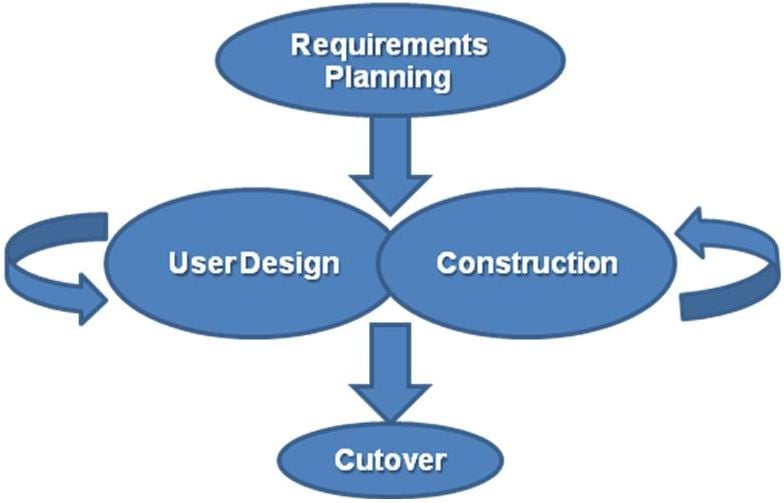Overcoming Production Access Issues with ADM Clients

Application development management (ADM) is becoming a specialty of nearshore outsourcing service providers as the region’s outsourcing marketplace continues to mature beyond its historic  strength in providing call center services. However, to ensure the continued growth of nearshore ADM, outsourcers must focus on overcoming production access issues with their clients.
strength in providing call center services. However, to ensure the continued growth of nearshore ADM, outsourcers must focus on overcoming production access issues with their clients.
A recent white paper from advisory services company ISG, “The ADM Transition Challenge – Ensuring Timely and Adequate Production Access,” indicates that providing production access to offshore resources is the “single largest challenge” for ADM outsourcing customers and suppliers.
This entails the time-consuming steps of identifying the necessary information at an IP and resource level, navigating security requirements and then effectively testing access. However, while providing proper production access is time-consuming, it is also critical to project success.
Production Access Success Lies in Planning
One of the biggest mistakes nearshore ADM outsourcers can make is to leave the planning to the client and assume everything will be OK. If the client fails to adequately plan for production access, as frequently occurs, negative results can include a compromised capability to perform agreed-upon tasks, difficulty meeting deadlines, and problems understanding issues such as security restrictions and expertise requirements for specific client functions.
Naturally, the end result is client dissatisfaction with ADM provider performance. Beyond straining the client-provider relationship, this can lead to the implementation of contractual penalties, or in more serious instances client lawsuits and/or contract cancelations. In addition, an ADM outsourcer’s reputation can take a serious hit which can take years to overcome.
Considering how serious the consequences of improper production access planning on the part of the client can be for the provider, it is up to the provider to make sure the client plans properly. This includes ensuring the client takes all the time-consuming steps mentioned above. It also includes the provider proactively reviewing internal staff expertise and availability and carefully studying all relevant client factors, such as security restrictions and technical infrastructure. In addition, the provider should be prepared to leverage its own internal expertise in the event problems arise, instead of assuming the client will automatically have a resolution for every issue that may arise.
Follow Best Practices
ISG has identified some additional best practices ADM outsourcing clients and providers can follow to help guarantee offshore resources have the production access they need. On the customer end, these include bringing together the internal team to adequately assess and reach agreement on a production access solution during the transition and double-checking the accuracy of production access costs.
On the provider end, they include aligning technical transition plans with realistic production schedules and taking a more active role in establishing production by including a true network resource on-site during the first four weeks of transition. On both sides of the ADM outsourcing agreement, parties must fully assess the timing and performance impacts of any proposed changes to the contracted production access approach before approving them.
As with so many other things in business and life in general, the key to successful production access largely lies in taking the time to create a proper plan and gain a full understanding of everything that will occur in an ADM outsourcing relationship before it starts. And is also usually the case in these types of situations, a fair amount of time and expense must be incurred to make these preparations, but the long-term savings in time, money, aggravation and possibly even legal issues more than provide an ROI.


